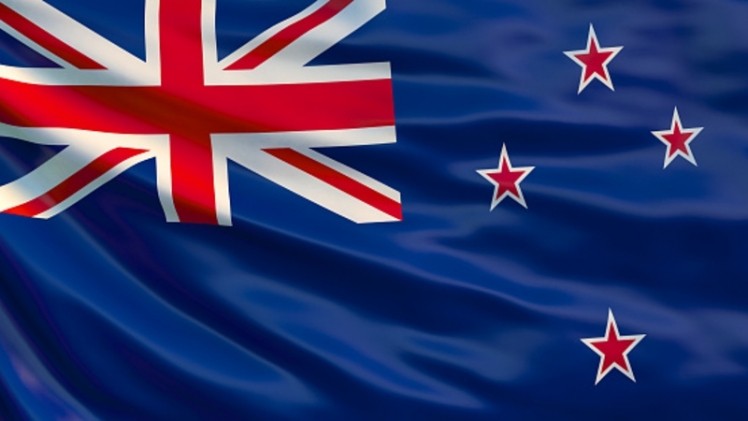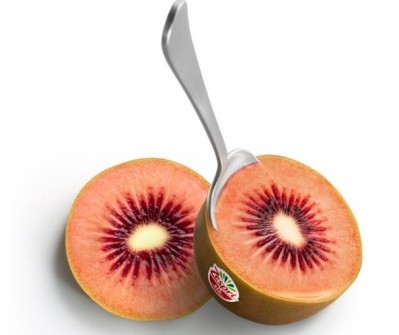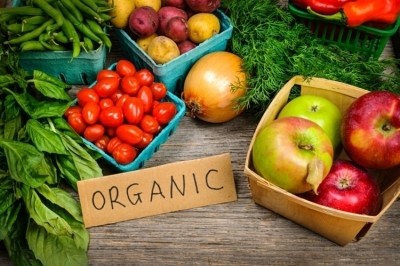Post-COVID-19 New Zealand trade: Tough times ahead for seafood and dairy, say officials

This was according to the New Zealand Ministry of Primary Industries’ ‘Economic Update for the Primary Industries June 2020’ report, which was released by the ministry’s Economic Intelligence Unit (EIU) in place of its annual Situation and Outlook for Primary Industries (SOPI) forecasting document in light of COVID-19.
“As the situation changes on an almost daily basis and the outlook for our sectors is more uncertain than ever before, [this report reveals] how COVID-19 has disrupted New Zealand’s primary industry exports, and how the primary sector could fare in the wake of the largest economic shock in generations,” said the EIU.
Seafood was highlighted as one of the most at-risk export commodities for the country, mainly due to its high dependence on China and Hong Kong for 35% of this trade, and even more so in terms of inshore shellfish like rock lobster, of which 93% goes to China and Hong Kong.
“New Zealand’s seafood export revenue tracked down 27% in February and down 44% in April year-on-year due to the lockdowns first in China and then in New Zealand,” said EIU.
“With 35% of seafood exports going to China, fresh seafood was affected by COVID-19 earlier than other industries, [but though] the Chinese market is slowly recovering and seafood markets are beginning to re-open, [numbers still] remain well below normal.”
Rock lobster exports in particular were hit hard with an 82% drop year-on-year in terms of revenue between February and April.
The future of seafood remains uncertain moving forward due to a high dependence on air freight for transportation too - over 30% (NZ$593m / US$382.2m) of seafood exports were airfreighted between June 2018 and June 2019 including rock lobster to China, snapper to Australia and salmon to the United States.
“The majority of exports by airfreight in New Zealand are carried by commercial passenger aircraft rather than cargo-only freight services [so] fewer passenger flights leaving New Zealand means freight capacity will reduce in direct proportion,” stated the report.
“The numbers of domestic and international flights departing from key airfreight partners have also dropped significantly: 40% to 50% lower from China since February, 78% lower from Australia in April, and 45% lower from the US since early April.”
“The effects of decreased airfreight capacity are multifaceted [and revolve around] the driving up of airfreight costs and restriction of access to particular markets.”
Because many of the foods requiring air freight are fresh, trying to re-route or search for alternatives routes would have a negative effect on product value even upon making it to the desired destination.
“Re-routing live or perishable goods via third party countries has the potential to reduce the shelf life and value of products, or to require items to be shipped in frozen rather than fresh form at a reduced value,” said EIU.
Dairy
The New Zealand dairy industry did not see immediate negative effects due to COVID-19, and in fact we previously reported that the sector was one of the few to remain steady in terms of exports even at the peak of the pandemic.
Sadly, this situation is not expected to last as the export gains were being propped up by good prices in dairy which are predicted to be on the way down, compounded by global conditions.
“Dairy exports grew NZ$519m (US$334.4m) year-on-year for the period between March 25 to June 3, [but] looking ahead to the 2020/21 season, declining dairy export commodity prices and weakness in dairy foodservice and consumer markets globally [are expected to impact this],” said the report.
“[As it is], weighted average prices on the Global Dairy Trade platform have fallen 15% since end-January, and are now 13% lower than at the same time last year, [whereas New Zealand] farmgate milk price futures for the 2020/21 season have fallen 14% from NZ$7.30 (US$4.70) per kg milk solid to NZ$6.30 (US$4.06).”
Other factors expected to impact the dairy sector include drought conditions in the country, as well as increased subsidies in the US and EU.
“While the purpose of these subsidies is to provide economic stability, support rural communities and protect food supplies, there is risk that in the longer-term they may compound the negative economic impact of COVID-19 and increase volatility in markets by encouraging increased global production,” said EIU.
Fruits as saving grace
That said, it is not all doom and gloom for New Zealand food trade as fresh fruit exports are one of the few export sectors expected to see growth amidst all the uncertainty.
“Global demand for fresh fruit remains strong, particularly in Europe and North America, as fruit typically relies more on retail and online sales rather than food service,” said the report authors.
“There is also an overall increase in demand for healthy products such as fresh fruit so on that basis, New Zealand’s fresh fruit exports, including apples, kiwifruit, and avocados, are expected to fare better.”
Data from Stats NZ showed an 18% growth in revenue year-on-year valued at some NZ$274m (US$176.6m) in March for apple and kiwi exports, which is expected to continue on the back of improved harvests for kiwifruit (6% up) and apples and pears (5%) in 2020 compared to 2019.
Much is expected of kiwifruit in particular, which has managed to so far avoid significant disruption due to COVID-19 and is in fact expanding its export destinations through companies such as the well-known Zespri Kiwifruit.
Zespri has been going from strength to strength in Asian expansions in recent months even through the pandemic, particularly in China and Japan.
“While there are ongoing challenges, all ports in Japan, Korea and Europe are functioning and have labour available, as is the terminal we’re using in China,” Zespri China Head of Corporate Affairs Ivan Kinsella told FoodNavigator-Asia previously.
“We’re seeing strong demand in our key markets for fresh, healthy fruit like kiwifruit [and] vessels have departed for Asia (Japan) and China as planned.”
Zespri also recently launched its red-coloured kiwifruit into Singapore with Japan in the pipeline, which could well serve as another export stream for New Zealand moving forward.
Overall though, the New Zealand government is planning a roadmap to mitigate the impacts of COVID-19 by focusing more on its primary sector.
“Pre-COVID-19, the primary sector was already on a path to transformation. Given the impact of COVID-19 on other export sectors (like tourism), we now need to accelerate this transformation,” said MPI in a statement.
“The Government is looking to release a roadmap for accelerating the economic potential of the primary sector in the coming weeks [which] brings together opportunities and actions spanning the primary sectors [to] operate in concert and achieve significant gains within a decade.”

















